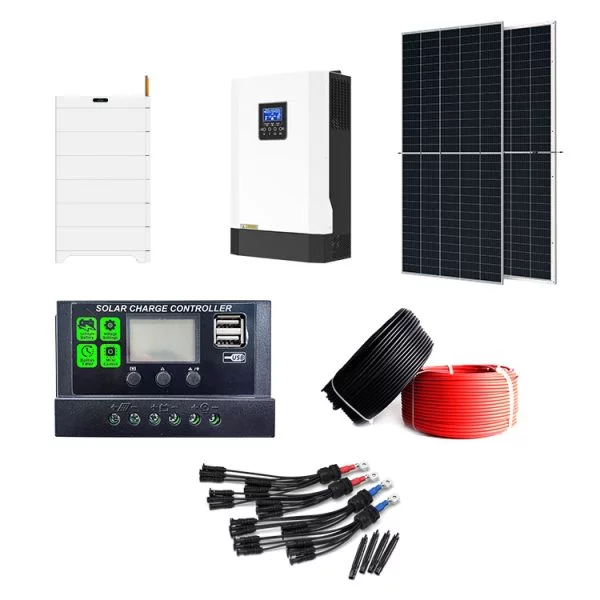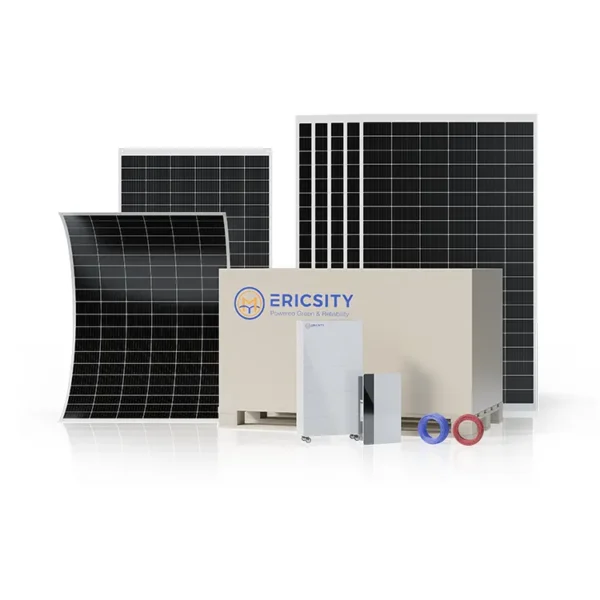HOT PRODUCT
Product Details
the Impact Of Amorphous Flexible Solar Panels On Energy Grids
Title: The Impact of Amorphous Flexible Solar Panels on Energy Grids
Introduction:
As the world continues to grapple with the challenges of climate change and carbon emissions, the focus on renewable energy sources has become increasingly important. Solar power, in particular, has emerged as a viable and sustainable alternative to traditional forms of energy generation. In recent years, the development of amorphous flexible solar panels has made significant strides in enhancing the efficiency and deployment of solar power. By analyzing the impact of amorphous flexible solar panels on energy grids, we can understand the transformative potential of this technology.

1. Advantages of Amorphous Flexible Solar Panels:
Amorphous flexible solar panels offer several advantages over their rigid counterparts. These panels are made of thin-film photovoltaic materials such as amorphous silicon, which enables flexibility and lightweight design. Due to their thin and flexible nature, they can be easily integrated into a variety of surfaces, including curved ones.
Moreover, amorphous flexible solar panels have better low-light performance compared to monocrystalline or polycrystalline solar panels. They can generate electricity even when exposed to indirect or diffused sunlight, making them suitable for cloudy or shaded environments. This characteristic makes them an ideal choice for urban areas where space constraints and shading may be an issue.
2. Impact on Energy Grids:
2.1 Increased Deployment and Accessibility:
The flexibility and versatility of amorphous flexible solar panels have the potential to revolutionize solar energy deployment. They can be seamlessly integrated into existing infrastructure, such as buildings, windows, and automotive surfaces. This integration allows for widespread adoption, as solar power utilization becomes a ubiquitous feature rather than a standalone installation. The increased availability of solar panels will diversify the energy mix and reduce the dependence on centralized power generation, leading to a resilient and decentralized energy grid.
2.2 Grid Stability and Resilience:
Amorphous flexible solar panels aid in enhancing the stability and resilience of energy grids. The distributed nature of solar power generation reduces the vulnerability to system-wide failures and blackouts. By leveraging solar energy through these panels, the load on traditional fossil fuel-based power plants can be significantly reduced, resulting in higher grid stability and resilience during peak demand periods.
2.3 Integration with Smart Grids:
The integration of amorphous flexible solar panels with smart grid technologies presents exciting opportunities for optimizing energy generation and consumption. These panels can be integrated with energy storage devices, such as batteries, to store excess energy during the day for later use or during periods of low sunlight. Through advanced monitoring and control systems, solar energy generation can be synchronized with consumer demand, ensuring a balanced and efficient energy grid.

3. Challenges and Future Outlook:

Despite their numerous advantages, amorphous flexible solar panels also face certain challenges. Their lower energy conversion efficiency, when compared to crystalline silicon panels, may limit their application in scenarios where space is not a constraint. However, ongoing research and development efforts are continuously improving their efficiency.
Furthermore, the manufacturing costs of amorphous flexible solar panels need to be reduced to make them more economically viable for large-scale deployment. Innovations in manufacturing techniques, material improvements, and streamlined production processes hold the key to addressing this challenge.
Conclusion:
The impact of amorphous flexible solar panels on energy grids is substantial, offering increased deployment, accessibility, stability, and resilience. The flexibility and lightweight design of these panels make them an ideal choice for integrating solar power generation into diverse surfaces. While challenges exist in terms of efficiency and manufacturing costs, ongoing advancements in technology will undoubtedly overcome these barriers. As we move towards a greener and more sustainable future, amorphous flexible solar panels have the potential to play a pivotal role in transforming our energy grids.




